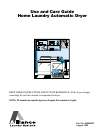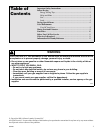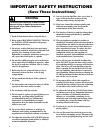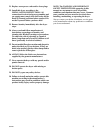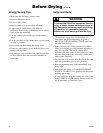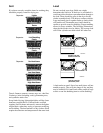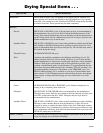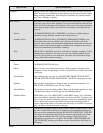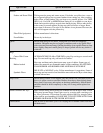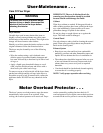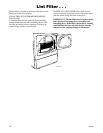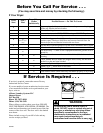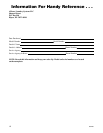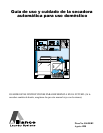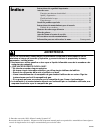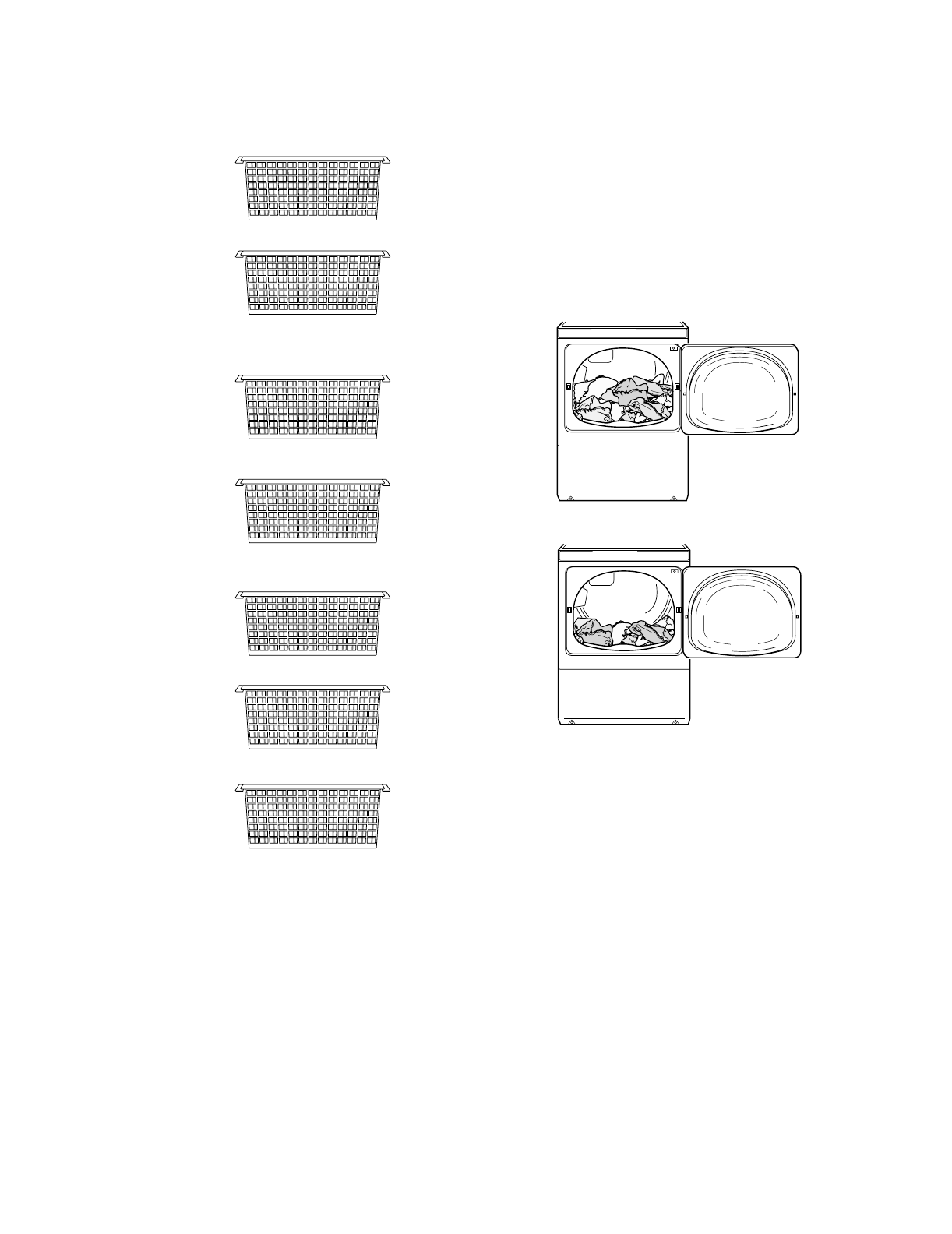
504490
5
Sort
If you have correctly sorted the items for washing, they
should be properly sorted for drying too.
Towels, flannels, chenille, cottons, rugs, etc., shed lint.
Corduroys, knits (including socks), permanent press,
and synthetics attract lint.
In any kind of drying, lightweight fabrics will dry faster
than heavyweight fabrics. If mixed loads are dried
together (such as sheets and towels), remove the lighter
weight fabrics when they are dry to prevent overdrying
and wrinkling. The best method is to dry clothes which
require the same time and temperature in the same load.
Load
Do not overload your dryer. Bulk, not weight,
determines the load size. If the dryer is overloaded, it
could cause discoloration or permanent heat damage to
the load. There should be space in the dryer for the
clothes to tumble freely. This helps to reduce wrinkles.
Large and small pieces together make up loads which
will tumble well. Permanent press loads should be
smaller to provide room for tumbling. Proper tumbling
allows for fewer wrinkles. The following illustrations
show the ideal loads sizes for fabrics. The average load
will fill the cylinder one third to half full when wet.
A load can be too small. Just a few small pieces will not
tumble properly. They will take longer to dry and they
may be wrinkled. For small loads, add a couple of large
towels or non lint shedding items to aid in tumbling.
Separate:
Lights
Darks
Separate:
Lint Shedding
Fabric
Lint Receiving
Fabric
Separate:
No Heat Items
Low Heat Items
High Heat Items
D322IE1A
Cylinder with wet
cottons and linens
D323IE1C
Cylinder with wet
permanent press



